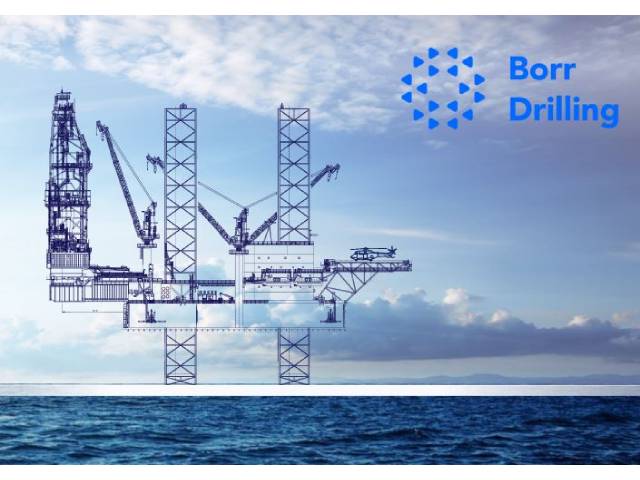Borr Drilling Limited (the “Company”) (NYSE and OSE: “BORR”) is pleased to announce in its fleet status report today that it has entered into a new contract, an extension and received an LOA, adding USD 35.1 million over approximately 480 days to the total backlog, with good prospects for additional backlog on these units.
The previously announced LOI for the Norve, which is currently warm stacked, has been converted into a contact for two wells plus one option with BW Energy which is expected to commence operations in Gabon during April 2021.
In Asia, the Idun has been awarded an LOA to commence operations in the first quarter of 2021, increasing the number of active rigs for the Company in Asia to a total of four. The contract’s estimated duration, excluding options, is for a period up to 12 months.
We are also pleased to announce a contract amendment on the Prospector 1 with the existing customer, One Dyas, for three optional wells, of which one has already been exercised.
In addition the Prospector 1 has received an LOI for four wells plus options for operations in the North Sea, which has an estimated period of seven months.
The recent awards will bring the total number of committed and contracted rigs up to 13, and we are encouraged about this increased activity in the shallow water jack-up drilling market. Borr has four additional warm stacked rigs that can be brought into operation without significant activation capex.
We are negotiating terms with Pemex for an extension to the current contract covering five rigs contracted under the Integrated Well Services business model, with an aim to secure incremental work throughout 2021 in Mexico. It is however important for the JV and Borr Drilling that the working capital situation in Mexico improves, which is a key point in the negotiations on further work.









































